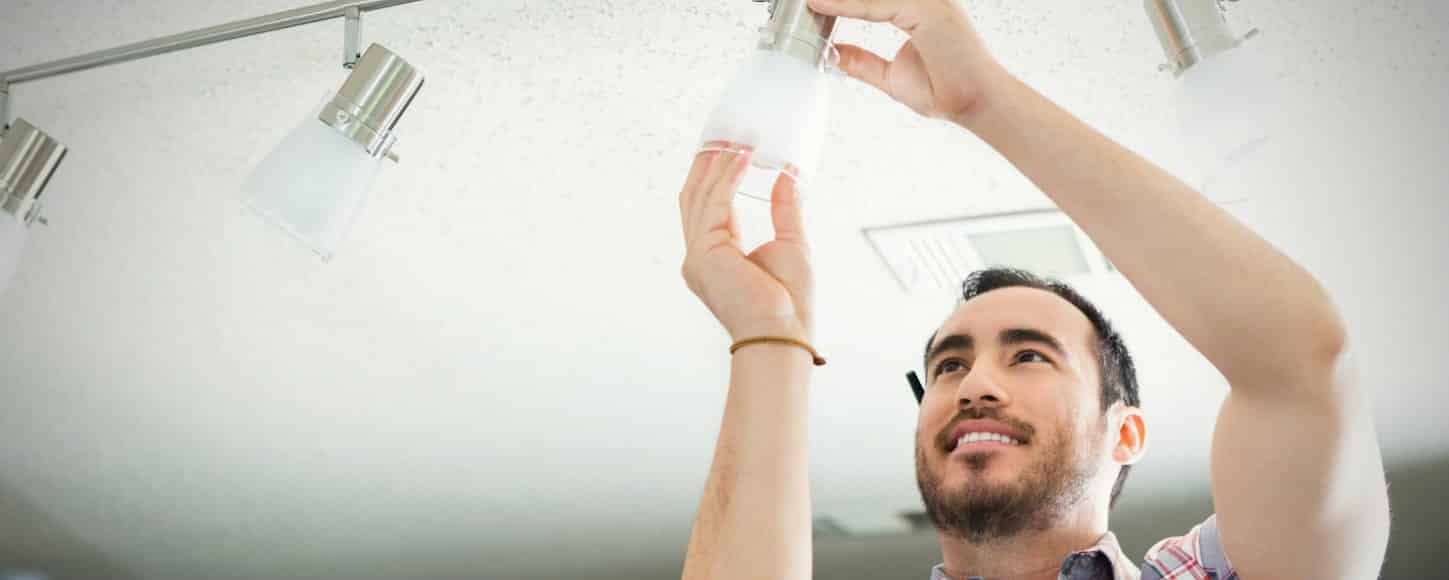
Now that you have organized your household budget and can visualize what you need to spend and save each month, it’s a great time to take a closer look at your personal cash flow. Managing the money that comes in and goes out every month may seem like an obvious equation, but you might be surprised to find where your spending adds up. To see where you could increase your savings each month, here is an experiment to try at home to help you manage your personal cash flow.
Phase One: Start with a cash outflow control period.
Think of this process like a science experiment. The best way to spot change – or the need for change – is to start with a control. Look at your calendar and identify one or two weeks without any special events or activities and make this your control period. During this time, go about your regular daily routines, make your typical purchases and avoid any unusual charges. The only change you’ll want to make is to keep each and every receipt (if you don’t do this already) and, if a receipt isn’t available, mark down your spend in a central location.
After your control period is complete, gather all of your receipts and divide them into categories like groceries, dining out, transportation, etc. and tally up the totals for each bucket. Jot these totals down and set them aside until phase two of the experiment.
Phase Two: Scale back on spending.
The next phase of this experiment is to select another one or two week period of “business as usual” spending. This time, keep your spending categories from phase one in mind and make little tweaks to cut back. Try shopping sales at the grocery store and downloading apps for discounts on everything from meals to cleaning supplies. Stick to the essentials, and as with phase one, keep each and every receipt or spend amount.
Once your one or two week scale back period has ended, divide your receipts into the same categories you used in phase one and tally the total cash outflow.
Looking at your categories, do you see much of a difference? Chances are that when spending in one category went down, spending in another went up. What this tells us about personal cash flow is that managing the money that comes in and goes out each month should be a proactive process, not a reactive one. Rather than making big changes to the way you spend in the short term, try making small changes to longer-term costs, like swapping out your old light bulbs for energy efficient ones or purchasing frequently used items in bulk.
If you and your partner prefer to maintain separate accounts, consider keeping one joint account for shared expenses so you can all be mindful of cash flow.
Managing your personal cash flow is more than just an experiment, though you will likely need to tweak and adjust it over time. Sticking to your household budget and making small long-term changes in your life can help put more of your money into savings each month. For more savings and budgeting tips, and to try our budgeting calculator, visit our website.